Description
CORE TECHNOLOGY
Indirect evaporative cooling works on the same principle as direct evaporative cooling lowering air temperature by water Evaporation. The major difference in an indirect system is that it uses an heat exchanger to cool the air supplied to the working space. The evaporative cooling cycle occurs in the humidification section.
How a an indirect evaporative cooling system works is explained sequentially:
- In one type of System ,Hot outside air is blown over a heat exchanger through which cold water is supplied . This type of heat exchanger features a series of metal tubes through which cold water is supplied and hot air blown over the tubes and fins. As hot air passes over these tubes, its sensible heat is removed. After passing over the tubes, the cool ,dry is delivered to living space.It not only lowers down dry bulb temperature but wet bulb temperature as well.Indirect Evaporative cooler find application where less humid but 100% fresh air is needed for cooling.
- The another important point is that the hot air is cooled without gaining any extra humidity.
Indirect cooling provides cool air to interior spaces with less Relative humidity compared to direct evaporative cooling. This, cooling method is more suitable for areas where additional humidity is not desirable .
In second type of Indirect Cooling system -primary warm air flows in enclosed channels .It gives up its heat to water films flowing down the other side of the polymeric plates. A secondary air stream flowing in the direction opposite to the water evaporates water before it is exhausted outside. Thus, in Indirect cooler the primary air is cooled without any moisture addition .
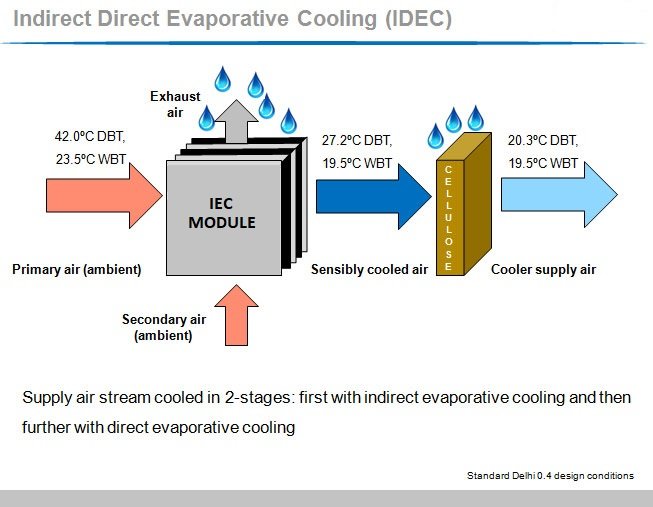
Advantages of Indirect Evaporative cooling
- Indirect Evaporative coolers delivers 5 Deg.C more Cooling and adds 60% less moisture than DEC.
- Indirect Evaporative Cooling requires 30-40% less air .
- A Make in India Product
- Indirect Evaporative Cooler require 60-80 percent lower energy consumption as compared to conventional air conditioning systems
- 100 percent fresh, clean, cool air
- Indirect Evaporative cooling Creates more comfortable conditions for employees and processes
- Main advantage of indirect Evaporative cooling is that it do not use any harmful gaseous .
- Lower supply air temperatures with much lower addition of moisture to the supply air as compared to air washers
- Increased productivity of employees
- Excellent Indoor Air Quality (IAQ) and no Sick Building Syndrome (SBS)
Specification of Coolator 8
| Description | Details |
|---|---|
| Model – Type | COOLATOR® -8 |
| Cabinet Construction | 25 mm Double skin puff panel with extruded hollow Aluminium profile |
| Air flow Machine Outlet- in CFM/CMH | 5000/8500 |
| Area cooled (sq feet) | Upto 1000 Sq.ft. |
| Static pressure in mm of Wg | 30 |
| Type of Blower | Forward/Backward Curve belt driven fan |
| Make of Blower | Nicotra/Blowtech/Kruger |
| Blower motor connected load kW | 2.2 kW |
| Connected Load | 3.0 kW |
| Make of Motor | ABB/CG/Siemens/Havells |
| Blower Motor Specification | IE2, TEFC , 4Pole , Class F insulation, IP55 protection |
| Make of sensible heat exchanger | SENHEX(EVAPOLER) |
| Adiabatic Heat Exchanger | Cellulose Pad, 5mm flute ht, 100 mm thick – Glo-aire/Eco-cool /Munters |
| Filtration | Non-woven washable synthetic Media (Efficiency 90 % Down to 10 Micron) |
| Dimensions L x W x H (mm) | (2000x1400x2100)±100 |
| Unit operating Weight in Kg | 530 |
| Power supply | Three Phase 415V,50Hz |
| Controller | Industrial Grade – Single Speed Controller |
| Mode of operation | Three modes of operation -Ventillation,IEC ,IDEC |
| Additional features available on request. | |
| RH Sensor | Available on request |
| Variable frequency drive. | |
| UV unit for tank water |
OVERVIEW
Payback Period
| TYPE | COOLATOR® – 8 | AIR CONDITIONER |
|---|---|---|
| Capacity | 5000 CFM | 10 TON |
| Total Power | 3 KW | 11 KW |
| Covered Area | 1000 sqft | 1000 sqft |
| Air Changes Per Hour | 30 | 1 |
| No. of Machine Required | 1 | 1 |
| Electricity Unit Consumption per year (10 hrs, 300 days) | 9000 kw | 33,000 kw |
| Total Electricity Cost (in Rs.)(Assuming Rate @ Rs 8/Unit) | Rs. 72,000 /- | Rs. 2,64,000 /- |
| Saving on Electricity Cost per year ( in Rs.) | Rs. 1,92,000/- | Nil |
| Running Cost Saving (%) | 73% | NIL |
| PAYBACK PERIOD | 12 Months |
Evaporative Cooling Types
Direct evaporative cooling (Single Stage Cooling)
Indirect evaporative cooling
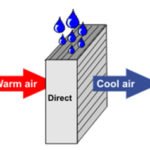
What is direct Evaporative Cooling?
With direct evaporative cooling, outside air is blown through a Honeycomb cooling pad and cooled by evaporation process. This cooled air is circulated by a blower ,further.
Direct evaporative cooler reduces the dry bulb temperature* but the wet bulb temperature** stays the same. However,it adds moisture to the air .
*dry bulb: Sensible air temperature (as measured by a Thermometer).
**wet bulb: The lowest air temperature achievable by evaporative Air Cooilng System.
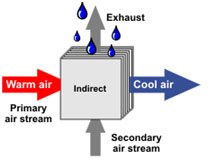
What is Indirect Evaporative Cooling ?
In Indirect evaporative cooling Hot Air and water travel in different channels .They do not come directly in contact with each other, hence the name Indirect Evaporative Cooling.
In Indirect Evaporative Cooling stage, warm primary air cools by losing its heat to a thin water film on the other side of a conducting surface. And another air stream called Secondary or Scavenging air moves upward through the falling water and evaporates this water.It converts most of the sensible heat into latent heat before it is exhausted to the outside. Thus ,the primary air is cooled without coming in contact with the water stream. Hence, IEC reduces the dry bulb temperature, wet-bulb temperature, and the enthalpy of the primary air without adding any moisture to it. Moreover ,Indirect Evaporative cooling are more effective and energy efficient.
Indirect-direct evaporative cooling ( Two Stage Cooling )
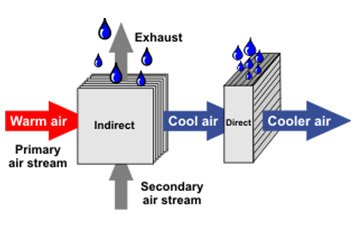
In Indirect Evap cooling, the primary air is cooled without coming in contact with water. Hence in first stage air is cooled without adding any moisture to it. It is cooled further in the second stage with the direct evap cooling process .It ,however, in extra drop of 5 Degree c in temperature
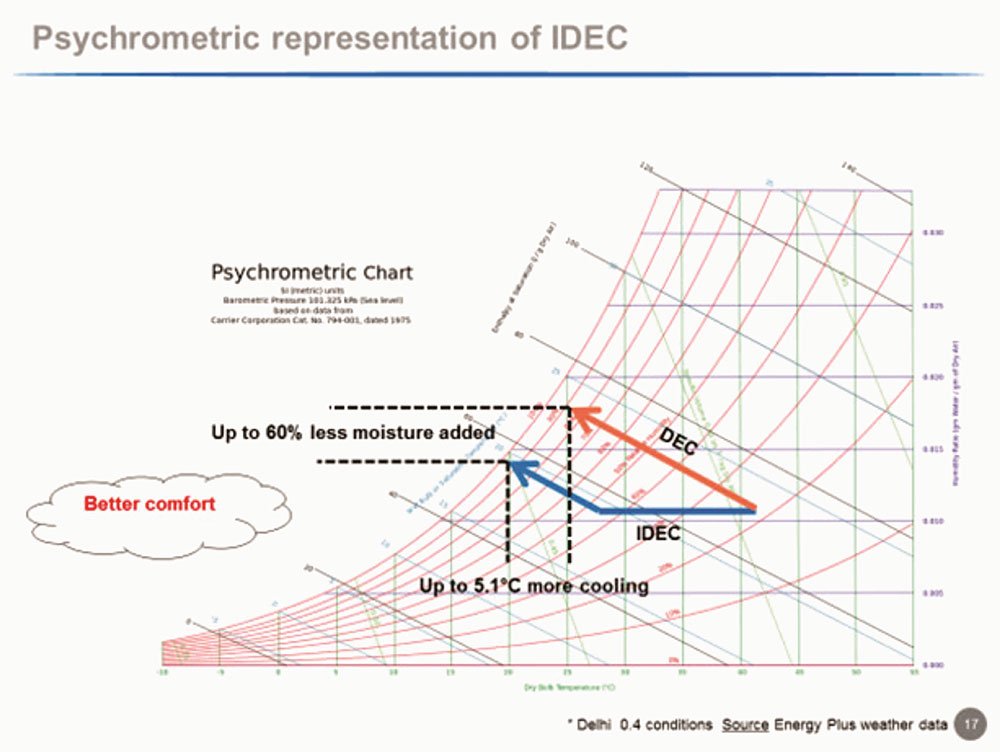
What Temperature reduction is achievable using indirect Evaporative Cooling and direct evaporative cooling ?
First, calculate the dry bulb and wet bulb temperatures achievable with indirect evaporative cooling:
1. Temp drop achievable = (dry bulb – wet bulb ) x (efficiency of indirect module)
Example: (42 degrees C- 23.5degrees C) x .7 = 13 degreesC.
2. Achievable temp = dry bulb – temp drop achievable
Example: 42 degrees – 13 degrees = 29 degrees DB/19.5 degrees WB.
3. Starting DB: 42 degrees
Ending DB: 29 degrees
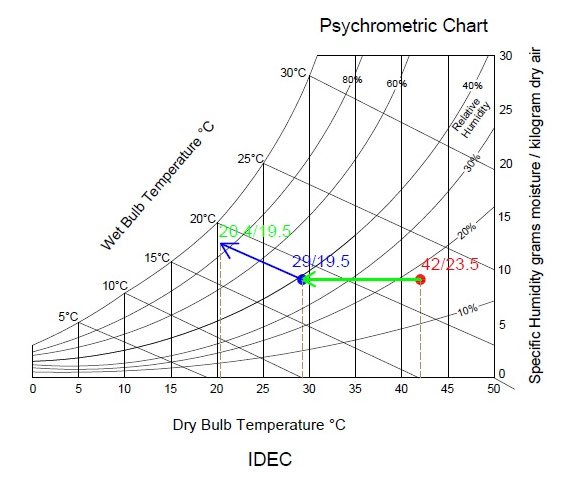
Then use the dry bulb/wet bulb values from step 3 to calculate the dry bulb/wet bulb temperatures achievable with direct evaporative cooling:
4. Temp drop achievable: (dry bulb – wet bulb ) x (efficiency of the media)
Example: (29 degrees – 19.5 degrees) x .9 = 8.6 degreesC.
5. Achievable temp = dry bulb – temp drop achievable
Example: 29 degrees – 8.6 degrees = 20.4 degrees DB/19.5 degrees WB.
6. Total temperature reduction using indirect/direct evaporative cooling:
Starting DB: 42 degrees C
Ending DB: 20.4 degrees C

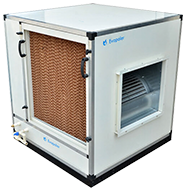

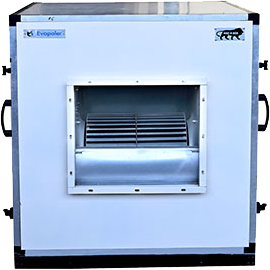
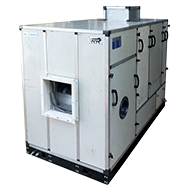
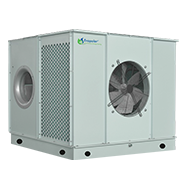
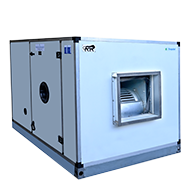
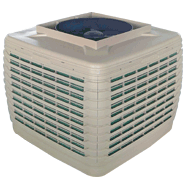
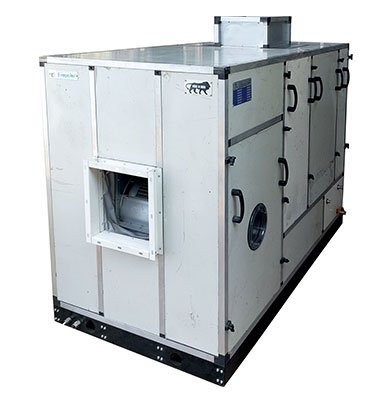
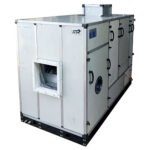
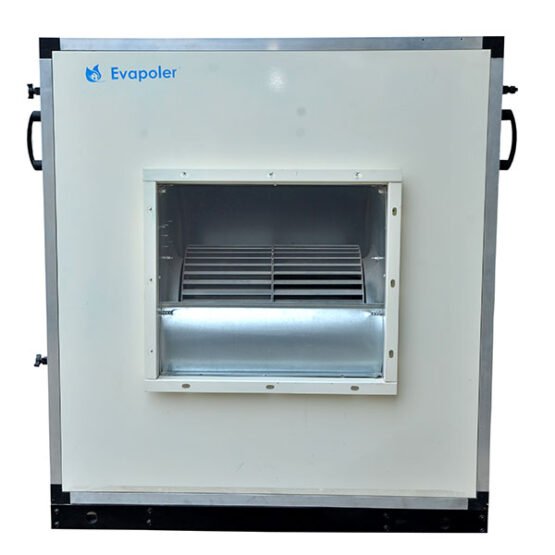

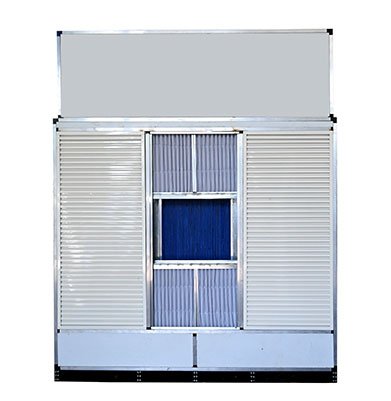
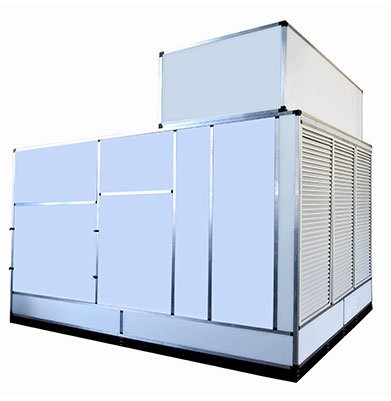
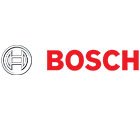
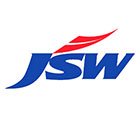
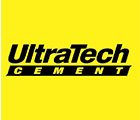
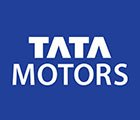
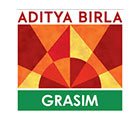
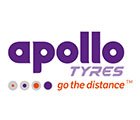
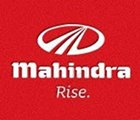
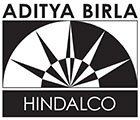
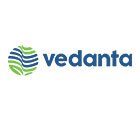
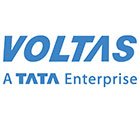
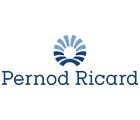

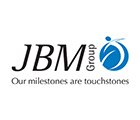
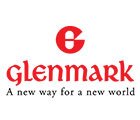
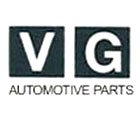
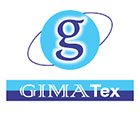
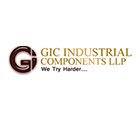
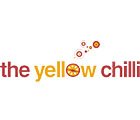
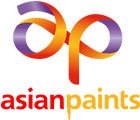

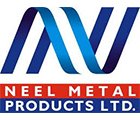
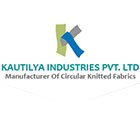
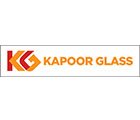
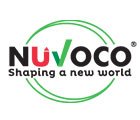

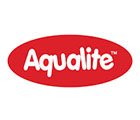
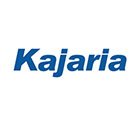
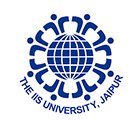



 Download Brochure
Download Brochure  Customer Care
Customer Care